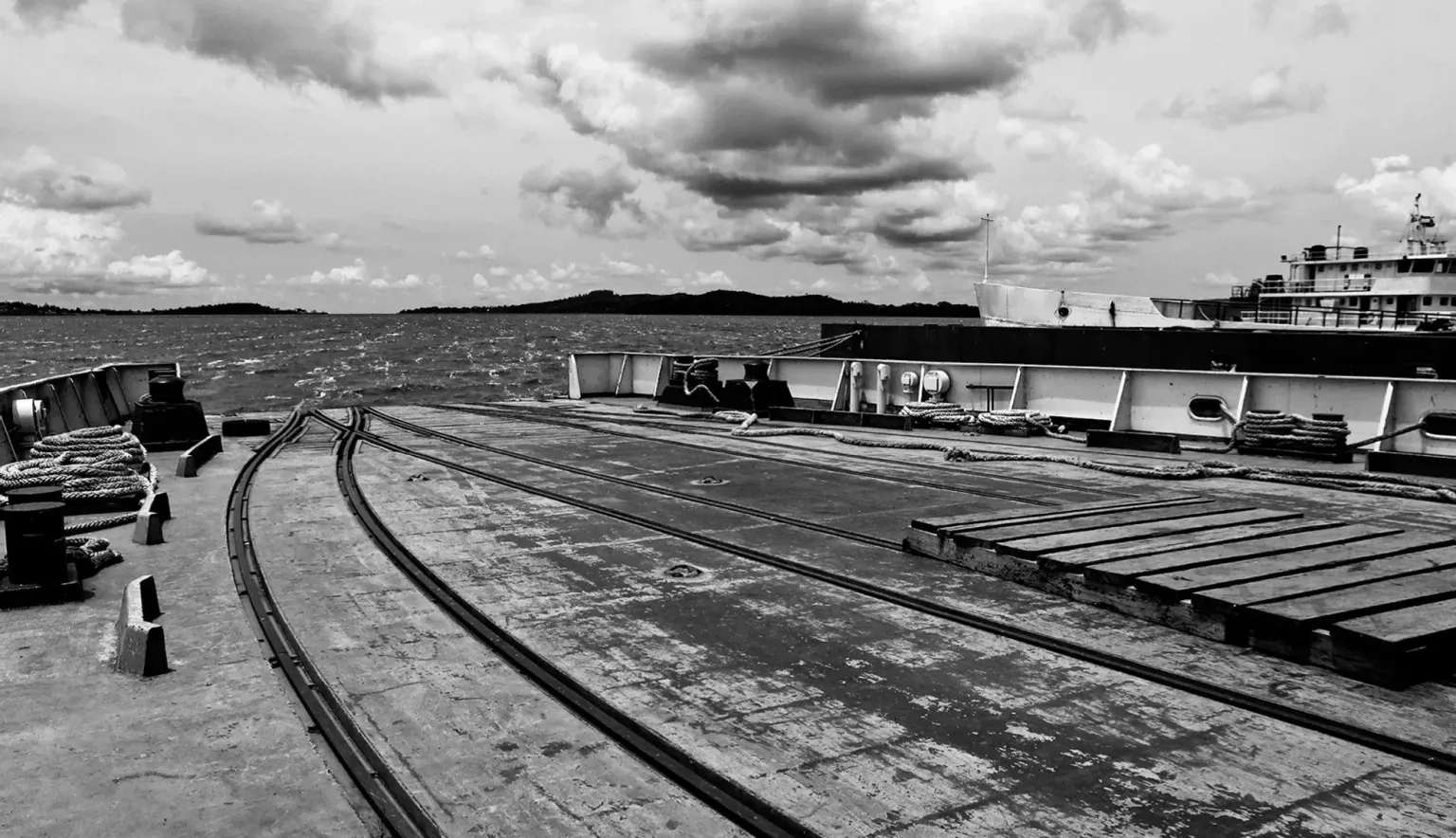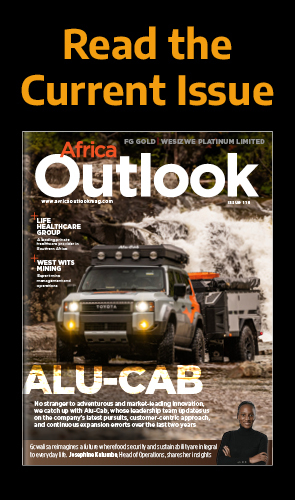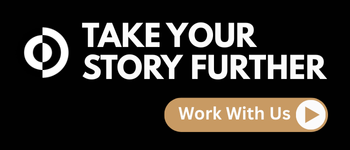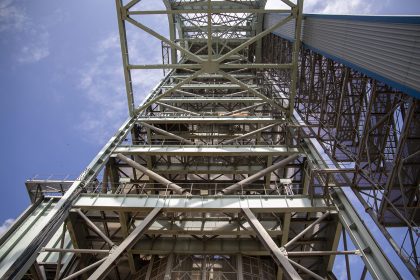Despite facing challenges brought about by natural disaster and COVID-19, Uganda Railways Corporation continues to drive improvements to critical infrastructure that will open up opportunities and deliver growth.
STAYING ON TRACK
The last 12 months, it is safe to say, has brought many a challenge to the development of Uganda’s rail network.
Investment has been difficult to secure, while the El Nino of November 2019 devestated infrastructure in nearby Kenya and Tanzania, vital export links which Uganda relies upon. Meanwhile, the outbreak of COVID-19 has caused severe disruption, not only causing construction projects to be put on hold, but also a standstill in passenger and freight rail usage.
However, while the difficulties presented are stark, Uganda Railways Corporation (URC) has continued to stabilise operations and make progress on a number of its game-changing projects.
“We are rehabilitating the track and rolling stock while finalising plans for full revamping of the Meter Gauge network,” comments Managing Director Charles Kateeba, speaking to Africa Outlook 12 months on from our previous conversation.
“The year has seen commencement of the rehabilitation of Tororo-Gulu line, construction of Gulu multimodal hub and the Capacity Building Programme. We have also re-opened the second line to Kisumu and seen the return of fuel carriages from Kisumu Jetty to Jinja and Port Bell. There is also marked growth of rail exports, now averaging 30 percent of total cargo carried.”
Kateeba is also quick to acknowledge how challenging the first half of 2020 has been.
The pandemic brought about a huge decline in import and export flows, its volumes reduced by more than 83 percent between February and May, the resultant reduction in cashflow forcing it to place some recovery plans on hold.
Commuter rail traffic also nosedived due to lockdown restrictions, although Kateeba points out that URC was faced with a situation whereby it needed to help increase railway operations.
“This is to mitigate the health risk posed by foreign truck drivers crossing our borders,” he explains. “This required us to ramp up operations, despite the cashflow problems and constrained investment climate.
“This has led to renewed attention by the government of the need to invest in rail transportation and, as a result, we’ve been able to receive allocations for urgent procurement of locomotive container handling equipment.
“The hardships faced by truck drivers and border entry points has meant longer transit times for trucks, thereby making rail, which hitherto was much slower than trucks, become attractive.
“It has given prominence to the Kisumu-Port Bell route for fuel transport by wagon ferry, and the return of Eldoret as a loading point for fuel by rail transport. We have therefore brought forward plans for rehabilitation of our second wagon ferry and fuel tank wagons.”
PROJECT PROGRESS
Indeed, in spite of the challenges faced, URC is determined to fulfil its mission undeterred, which is to establish and manage a reliable, efficient and safe railway and marine transport service in East Africa for sustainable economic and social development.
Kateeba goes into further detail on a number of ongoing developments which have made promising progress over the past 12 months, starting with Tororo-Gulu line which serves northern Uganda.
Rehabilitation work began on the 375-kilometre line in February 2020, the €47 million project being funded by the European Union and Ugandan government and delivered by French contractor SOGEA-SATOM. Although the coronavirus restrictions have caused some disruption, the Managing Director is confident of timely completion in early 2023.
“The terminus, Gulu, is about 130 kilometres from the South Sudan border and 250 kilometres from the Democratic Republic of Congo,” Kateeba explains. “It is therefore expected to bring about renewed impetus to economic development.
“Alongside the rehabilitation, a multimodal hub is being set up at Gulu at the cost of $11m. Together, the two projects will bring cheaper and reliable transport to the country’s most prospective agricultural region and connection to South Sudan and northeastern DRC. It will also serve as the staging ground for oil production logistics in the Northern Albertine oil basin.”
Construction of the Gulu hub also began in February and, once complete, will deliver a wide array of benefits, not least in terms of cost effectiveness. For example, the cost of transport by rail from Mombasa to Kampala will be seven cents USD per tonne per kilometre, six cents cheaper than travelling by road.
The development will also deliver employment opportunities and growth of urban centres along the line, with greenhouse gas emissions also set to be cut with more efficient rail operations removing trucks from roads.
The hub at Gulu will also carry a decongestion impact on Kampala, with freight destined for Northern Uganda, South Sudan and Eastern DRC able to take this alternative route, while the regional airport is also expected to benefit from more custom.
Another significant initiative highlighted by Kateeba is the URC Capacity Building programme, a scheme which over several phases will see €330 million injected into track rehabilitation (275 kilometres), refurbishment of rolling stock, renewal of workshop machinery and training of employees.
The track improvements will see it upgraded to 50 kilos per metre rail on concrete sleepers and full ballast, a vast enhancement of the existing ageing lines.
“The main goal of the project is to modify the current railway organisation and reinforce local industry’s current market competitiveness by reducing transport costs below the road haulage rates,” Kateeba says. “This will allow us to accelerate the country’s competitiveness, meet increasing traffic demands and create employment opportunities.”
FUELLED BY OPTIMISM
The prospective benefits of the Gulu project reflect Kateeba’s wider confidence in the future of rail in Uganda.
Asked what he might expect to report back in another year’s time, the Managing Director reveals expectations to improve traffic and increase the share of freight travelling in and out of the country by rail.
The COVID-19 pandemic has highlighted the need for further government investment in railways, its fiscal plans now reflecting this imperative and providing Kateeba with more optimism than he had a year ago.
He concludes the conversation buoyantly: “The very survival of Uganda as a viable sovereign state depends on the success of rail to provide reliable transportation of her exports and imports. Being literally at the crossroads of Africa’s north, south, east and west logistics corridors, Uganda is the perfect country for trans-African rail development.
“Uganda and East Africa has entered into a very exciting though challenging period in railway development and logistics.
“On one side there’s high demand for rail transport due to high cost and inefficiency of road transport. On the other, all the three East African countries are revamping and extending their railway networks by constructing the new Standard Gauge network that will extend to the Democratic Republic of Congo, Rwanda, Burundi and South Sudan.
“This presents an opportunity for both railway construction companies to come in with proposals for design, build, operate, transfer and private rail operation over public-owned networks and leasing of rolling stock. Therefore, it is exciting for foreign investors to be looking at East Africa, and particularly Uganda, for investment in rail transport and related infrastructure and services.”
































